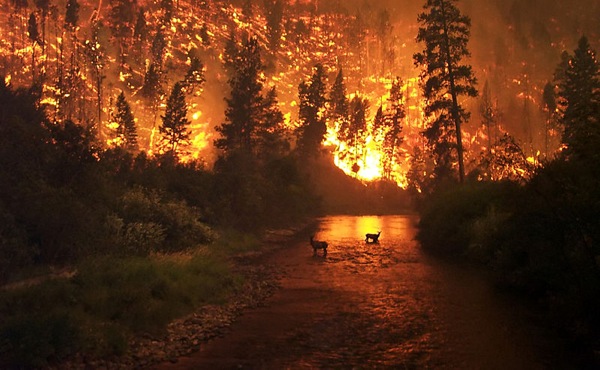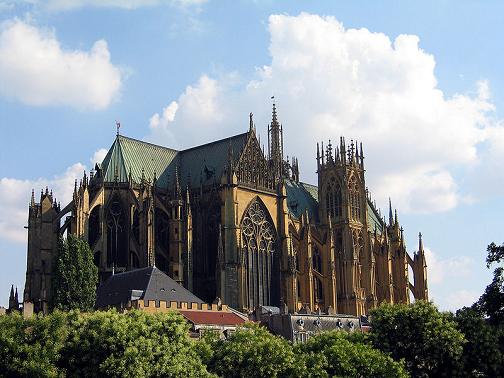
However, in her article “On Fire”, evolutionary biologist Olivia Judson proposes that some plants have evolved to encourage the spread of fire by holding on to dead and dry branches and producing oily, flammable leaves. Why encourage forest-clearing fires? To wipe out the competition. Wildfires level the playing field for the plants in the area, and ones that can grow faster than others after a fire are more likely to welcome the purging flames.
For now, Judson has little evidence for her hypothesis. However, she points to pines as an example of these “torch-me” plants, as she calls them. Without regular forest fires, pine trees are eventually replaced by larger species such as water oaks. It would seem advantageous to pine trees, then, to encourage fires as a way to remain the dominant species. Sure enough, pines that hang on to their dead branches (which provide an excellent “ladder” for fire to reach the upper canopy) also produce more seeds that are released with the aid of fire. While we can’t explain the causation, its seems that dead branches and fire-friendly seeds go hand in hand.
Certainly, much more evidence needs to be gathered before Judson’s fire-starter theory becomes widely accepted. However, the hypothesis shows how once again, evolutionary thinking can take science in new, interesting, and beneficial directions.
The full article “On Fire” can be found on the NY Times’ Web site.

